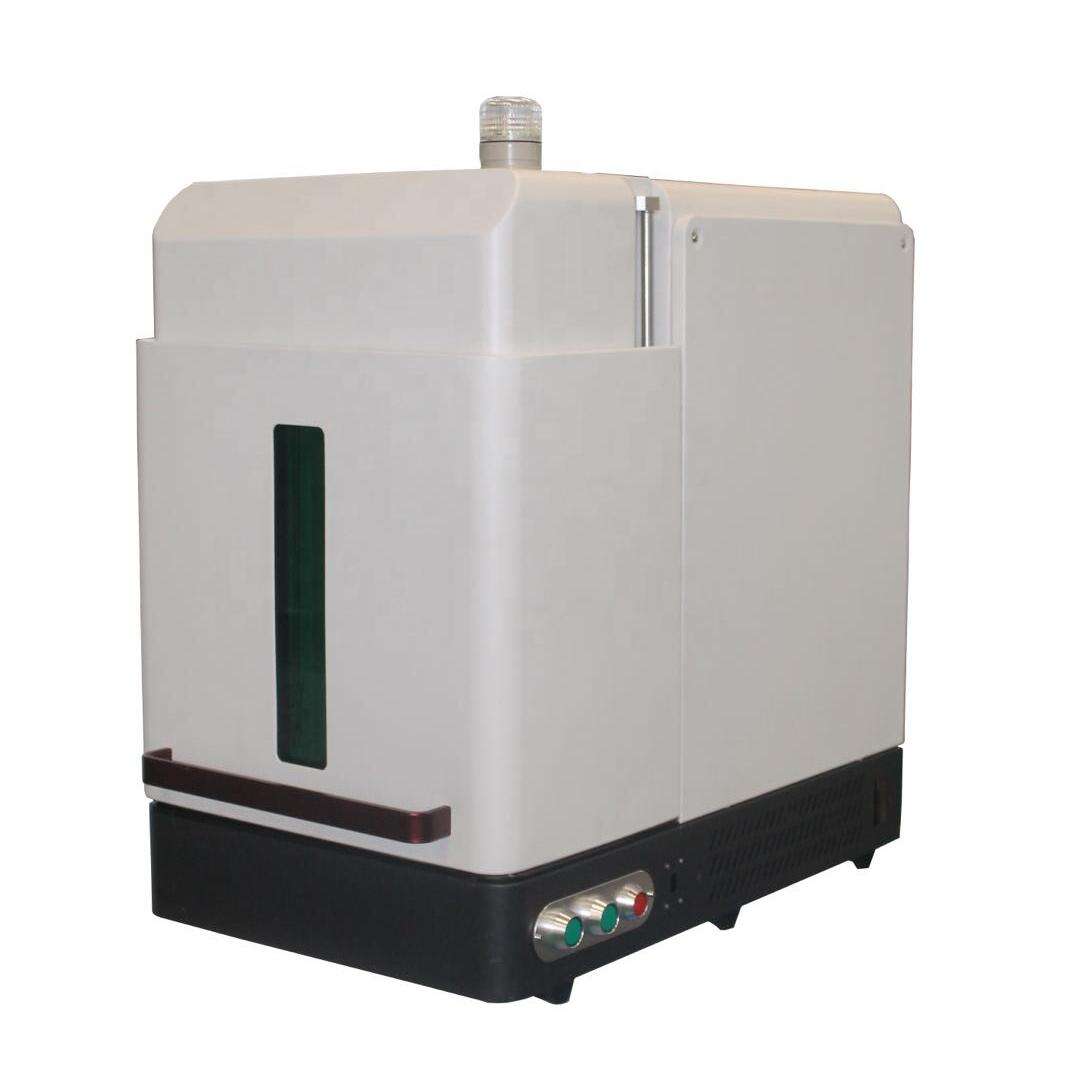Snag a soft cloth or a dedicated optics wipe, spritz on an approved cleaner, and whisk away dust from lenses, mirrors, and any moving bits. Hang a checklist on the wall so nothing slips through the cracks.
Take a fast look at your fiber laser engraver for any telltale glints of metal shavings. A quick swipe with the right scraper keeps the cuts clean and the machine happy.
Pop the coolant tank lid, glance at the level, and inspect hoses for pinhole leaks. Caught early, a drip doesn-t become a steam cloud.
Every week, pamper those cleaning-machine mirrors with a non-abrasive optics wipe. A contamination-resistant coating stretches that timeline, but a little extra care won-t hurt.
Every couple of days, grab an alignment tool and see if the laser-welding lenses are still on beam. A small shift can turn a decent weld into a perfect one.
Once a month, set the cutter aside and give the lenses a full soak with approved solvent. Dried residue is far harder to shift than fresh spatter.
If the machine runs hard all week, circulate the coolant until old grime drifts out. Fresh fluid runs cooler and keeps the raceway cleaner.
Stay glued to the temp readouts and make sure fans whirl without interruptions. Teach new operators what burn smell vs. normal hum smells like.
When frost threatens, load the chiller with the right antifreeze and tick off each item on the winterize sheet. A frozen coil wrecks your budget faster than sped-up cuts.
Grab a compatible lube and brush the linear rails of your cleaning laser once a week. A little slip-and-slide prevents grinding tears long-term.
A little grease goes a long way. Follow the manufacturers guide and apply the right lubricant to the fiber-laser engravers rails and gears. This quick step cuts friction and keeps the system humming.
Show operators how much grease is just enough. Too much lubricant acts like a magnet for dust and grit, which can grind the optics over time.
Spot power dips by tracing the supply line or checking for worn connectors. A power conditioner can smooth out the spikes and drops. Jot down every instance so patterns-and fixes-become clear.
Run calibration plates regularly to catch drift before it ruins a part. Make adjustments on the spot and coach the team so no one skips the check.
Give the coolant lines a quick visual scan each day. Permanent fixes by a certified tech come first; temporary patches are a last resort.
Create bite-sized checklists that note when to inspect optics today or tighten connections next month. Keep the list handy and revise it as new tools or methods appear.
Synchronize the calibration cycles across all fiber-laser cleaning units; use the same date every quarter and set calendar alerts.
Document every maintenance task in a logbook or an app, whichever the crew prefers. A tidy record speeds up audits and answers the inevitable, When was that done?
